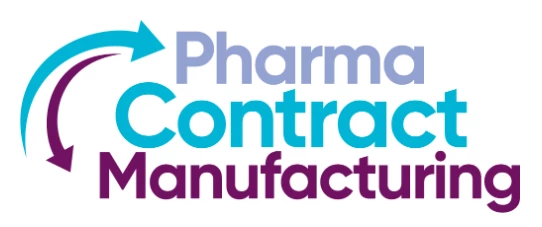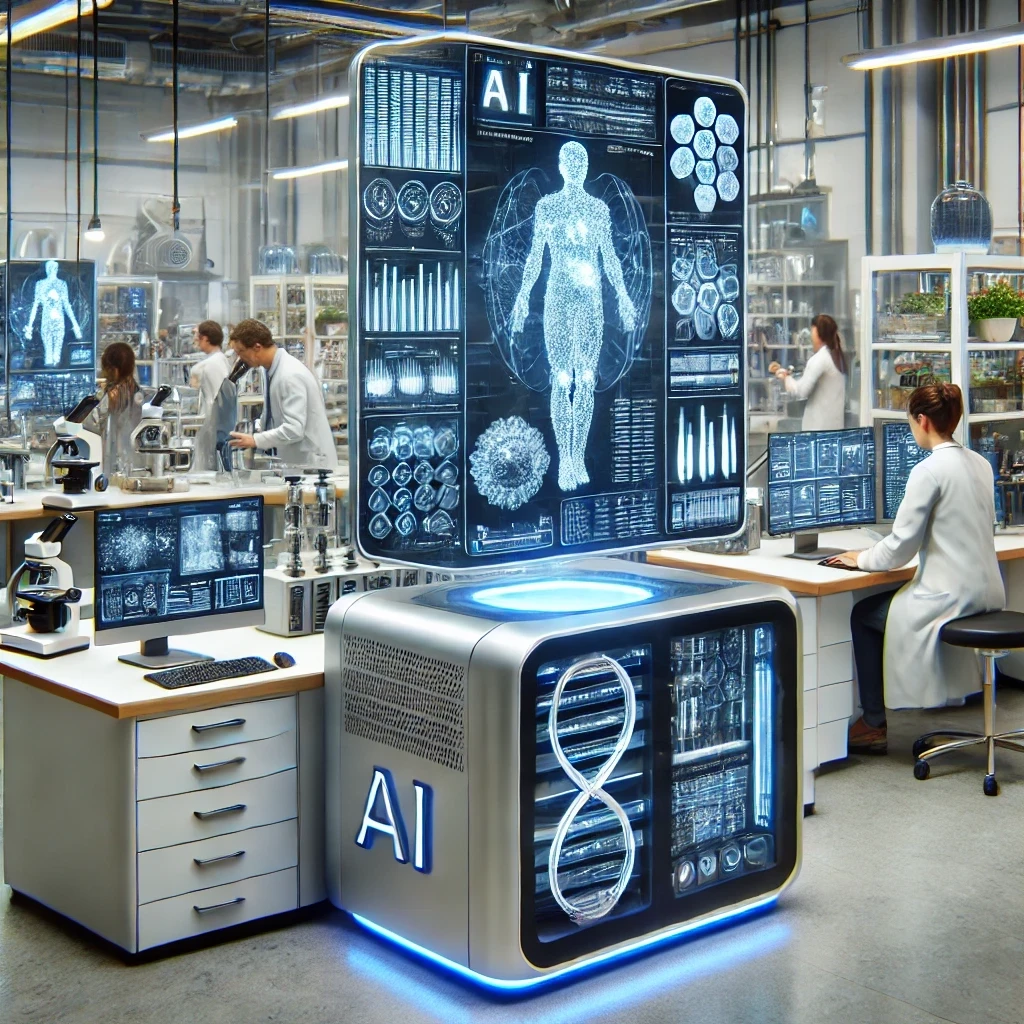The need for equipment integration in quality control labs
Michael Justesen, IT & Automation Strategy Specialist at Novo Nordisk, explains the importance of standardization and the challenges that must be overcome to improve efficiencies in the lab
Add bookmark
Why we should integrate lab equipment is a key question. Everyone wants their lab to be integrated, but no one really knows what this means, what benefits it brings, and that integration can have different levels of sophistication.
Like at many pharma companies, Novo Nordisk is pushing for speed – everyone wants a faster release time while driving down costs and achieving higher quality. You cannot achieve any of these things without integration. Where you have humans, you have errors, and where you have paper, you have a lack of speed. You need integration to achieve business goals such as real-time release, higher quality, high throughput, more rapid batch release, and so on.
If you look at manufacturing, they solved this puzzle 20 years ago. For example using the OPC standards, you can control lots of different types of equipment in the same way. You can’t do this in laboratory work because too much is bespoke and specific to each vendor.
Quality control (QC) laboratories lag behind compared to production, and one of the big reasons is the lack of standardization. There have been some attempts at creating standards in this space, but none are widely accepted.
The importance of standardization
At Novo Nordisk we have 4,000 instruments. Imagine moving data from 4,000 instruments manually – it is far from optimal quality-wise, process-wise and resource-wise.
Some brands have started to have some degree of interoperability and standardization, but it is not really there yet. This is one of the purposes of BioPhorum, a group of industry leaders who came together to address several challenges in biopharma, including a push toward greater standardization.
Our long-term goal is to automate quality controls so that there is no human intervention. We want to reach what we call “lights out”. Think about a totally robotic factory that builds cars. To the robots it doesn’t matter whether the lights are on or off, which means we have reached a situation where we can continue production even if we switch off the lights. Right now, we are installing automatic fridges, collaborative robots, mobile robots, pipetting robots, and robots that analyze resources, so that we don't have any human intervention in the test process. This cannot be achieved without integration, and if we don't have a standard across databases, it remains cumbersome.
Integration needs collaboration
Vendors and IT solution providers will not invest in something if they do not think it is going to remain on the market, and similarly if you are an end user you won’t invest in emerging technology if you don't think it will be supported in five or 10 years. Someone needs to take the leading seat, and right now we are trying to figure out how to do that. The laboratory industry needs to come together to choose a solution and then get it widely accepted. It's a tough job, but that is what needs to be done.
Personally, I would really like to see laboratory vendors consider IT security. A lot of current laboratory vendors are very good at introducing the instruments themselves, but the quality of the associated software solution needs further discussion. This has been the right approach until now, because if the instrument is not good, nobody cared about the software, but today, because of cyber-attacks and security threats within our laboratory networks we cannot allow instruments to be connected through poor software. We need it to be of a better IT security quality, but we also need to it to be integrated.
Lastly, we also need to figure out how to maintain this software in the best way. We have laboratory equipment still running very old versions because we cannot upgrade it. We have a rule in the pharma world that when we perform a test, we must document it. Consumers want everything documented to ensure it is done the right way. But this means we sometimes have to go back and show data from a test carried out 25 years before. Could you imagine returning to a software system that is 25 years old? That is what we must keep in mind when we are implementing and operating old software.
The challenge is that we haven't come together in the laboratory world to select the standard that everyone needs. This means suppliers and equipment manufacturers as well as the integration software folks and laboratory information management systems (LIMS) must all accept this standard, so that all our end users can benefit from that integration.
SmartLab Digital 2022 will feature speakers from Novo Nordisk, GSK and IDBS explaining the importance of integration and how to leverage AI, automation and the cloud to ensure your lab is agile, scalable, and fully equipped for the future. The event takes place on March 8–9, 2022. For more information and to register visit SmartLab Digital 2022.




























